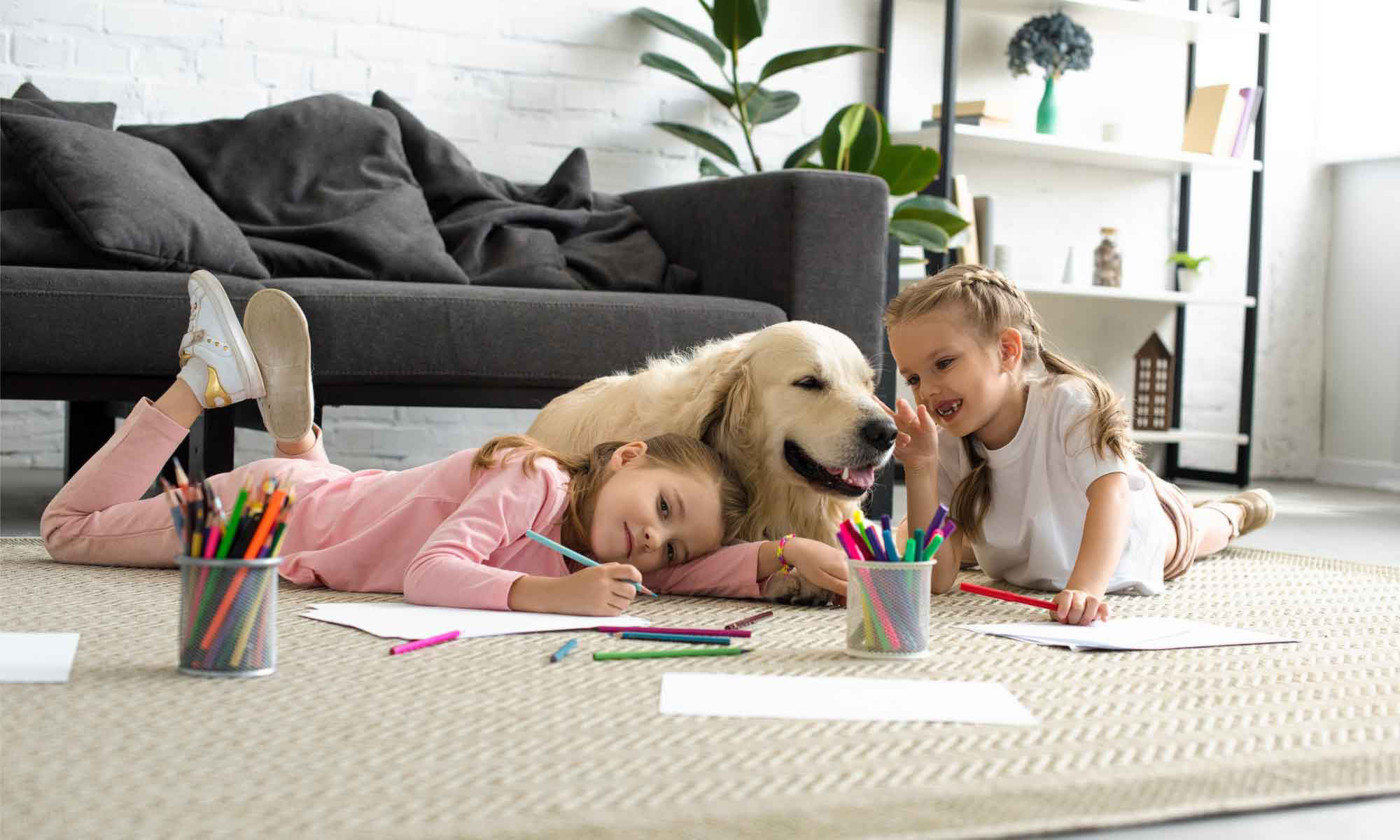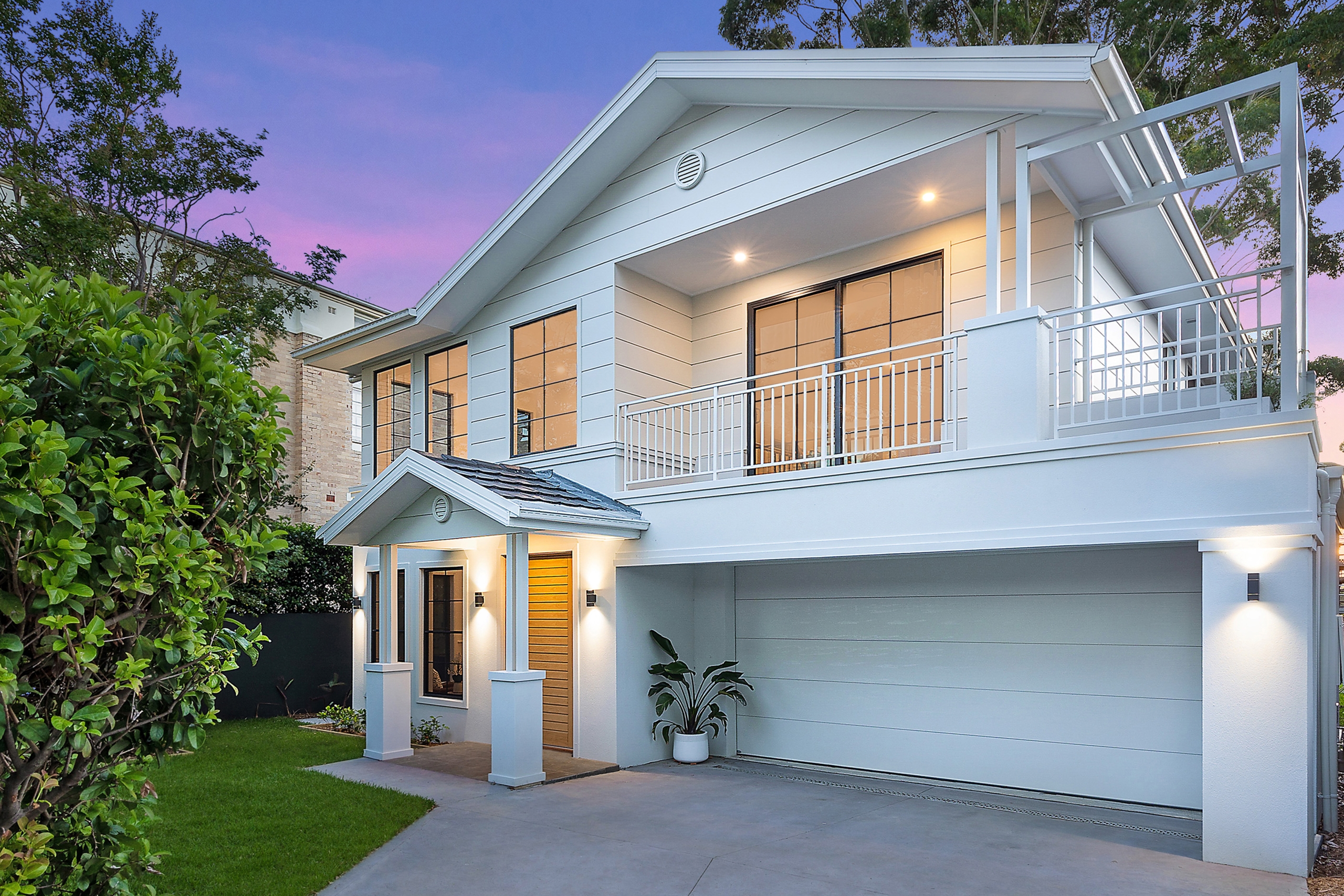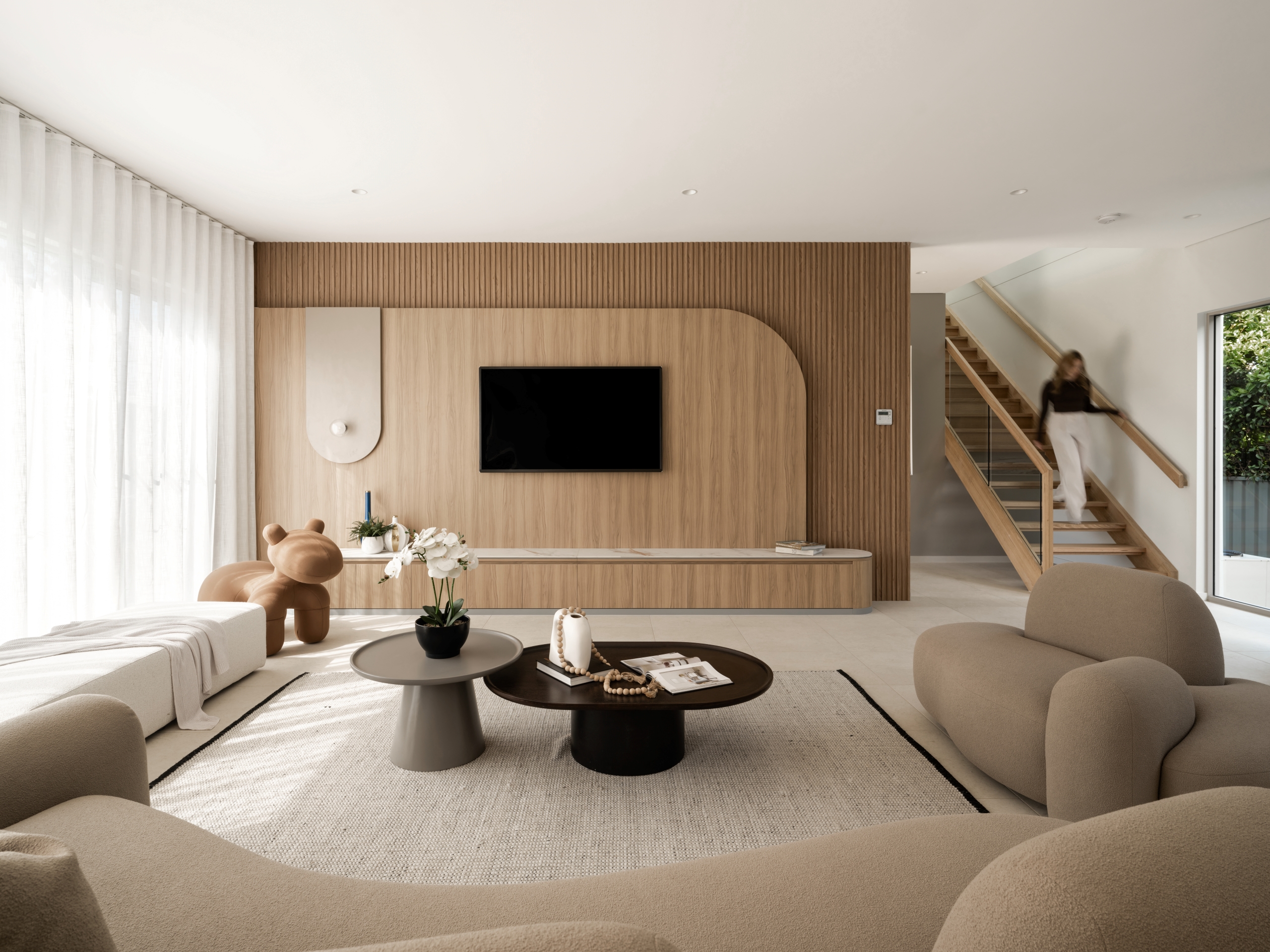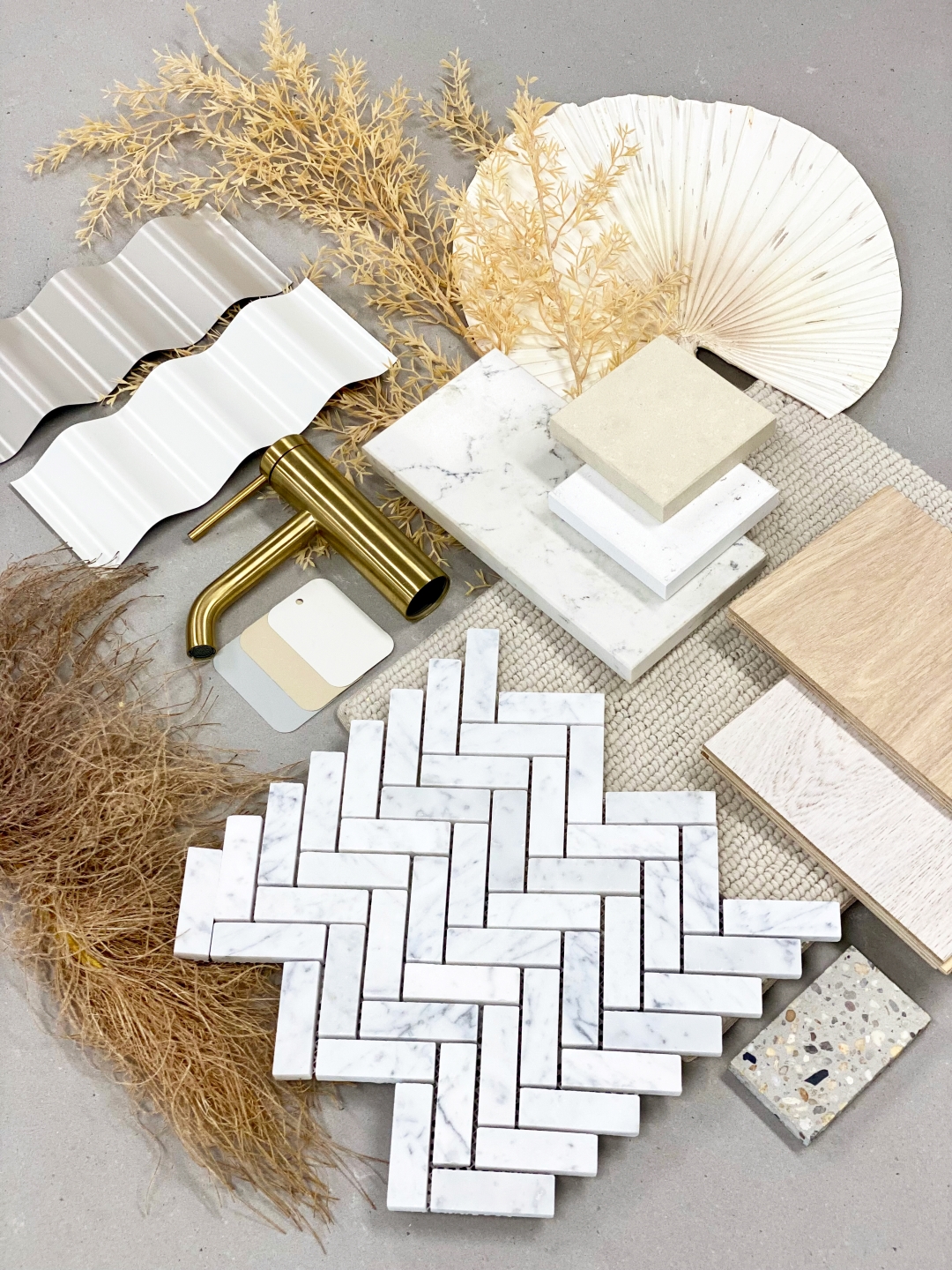
Building a new home for your family and fur babies? Here are 4 essentials for a happy and healthy pet
AdviceInspiration
05.05.21
With pet ownership on the rise, many owners are asking, “What can I do to create a pet-friendly home?” While it is wonderful to see more people welcoming pets into their homes, there are some essentials in ensuring your pet is safe and happy.
A happy and healthy pet is one where there is a sufficient place to eat, sleep and have toilet time in the home. On that note, here are some considerations when designing a new home that will accommodate your pets.
1. Create safe spaces for your pet
Whether you are buying or building a new home, the first thing to consider is how suitable your home is for your pet/s. For example, if you have a large dog, is the yard big enough for him or her to run around in or would a smaller courtyard suit your smaller breed of dog?
As most people’s pets are more like family members, we often see pets spending more time inside the home with the family. Therefore, having an oversized backyard is not always necessary – so long as you’re walking your dog regularly!
Make sure you allow adequate space for your pet both inside and out as the weather can change quite dramatically through the seasons. Utilise local parks and open spaces surrounding you to get plenty of exercise. A new master planned estate like Wilton Greens has lots of parks and areas for you to take your pet to expose them to life outside the home.
Create an area within your home for toys and activities to keep your pets occupied. A pet without activities will become bored and unhappy, which usually results in them destroying your home! Get squeaky balls, a scratching tower for your cat and anything else to keep your pet stimulated.
If you are bringing a new pet into the home, arrive at your new home a few days early to help your pet settle in. Placing a towel or toys with your pet’s odour on it into your new home in the weeks leading up to your big move-in can also help them transition better.
Subscribe for project ideas and inspiration
2. Smart homes can make for happy pets
The biggest trend with pets and new home ownership is the use of smart home technology. Home automation systems can be connected to the Wi-Fi to control the temperature, security, lighting and even pet food.
For owners who may be at work or away from the home, access to food and water can be dispensed remotely via a smartphone. This clever technology keeps pets happy in the home, even when the owner isn’t always around.
In addition, a smart camera allows owners a ‘window’ into their beloved fur baby’s life while also keeping the home secure from intruders. New homes can be designed specifically to allow the dog to push a button and communicate with its owners with the use of a home hub, smart cameras and smartphones. Smart technology keep yours new home future-proof and comfortable for your pet.
3. Prioritising a peaceful meal area
Nutritious meals are essential for a healthy and happy pet, which is why the space for eating is important for all animals including dogs, cats and even rabbits and ferrets. Set aside a specific meal space for your pet to enjoy their food and make sure it is in a non-threatening environment.
The TV room or high traffic areas aren’t the best place for the pet’s food bowl, as they can be noisy and cause distraction. Think of it this way – if you were seated at the doorway of a restaurant, having to listen to everyone enter and leave, you probably wouldn’t be too happy!
The same applies to the toilet – humans generally don’t eat in the bathroom, therefore, your pets don’t necessarily want to either. Traditionally, pet owners would put their cats and dogs outside to eat, which isn’t always a bad thing considering how messy eating can be. Just keep in mind that the area in which they eat should be safe, quiet and comfortable.
4. Doing ones and twos with minimal mess
Most cats pretty much come toilet trained and are typically happy to do their business outside or in the litter box. Thankfully, cat litter boxes today are quite versatile when it comes to size and features. Some litter boxes are made with fully enclosed lids, some are completely open and others are even self-cleaning.
While cats are quite self-sufficient when it comes to toilet training, your dog may require some extra support and persistence. Pee pads are a handy option for both dogs and cats during the toilet training period with some types made of artificial grass, allowing them to do their number ones and twos inside the house.
There are many products on the market to help your pet do their business with as little mess as possible. Luckily, it is also possible to custom-design spaces within your new home to accommodate your pet’s needs.
Worthington Homes once built a custom laundry that featured an integrated cat litter box into the joinery, with a doggy door to the litter box for easy access. As a result, the beloved cat was able to come and go freely, plus the litter box was out of sight.
Creating internal and external spaces that ensure the safety, peace and comfort of your pet are essential. Along with a stimulating routine filled with exercise and play, following this guide will ensure your pet is both healthy and happy in your new home.
For more information on how to design and build your new home that suits your lifestyle, contact us today.
Subscribe for project ideas and inspiration


